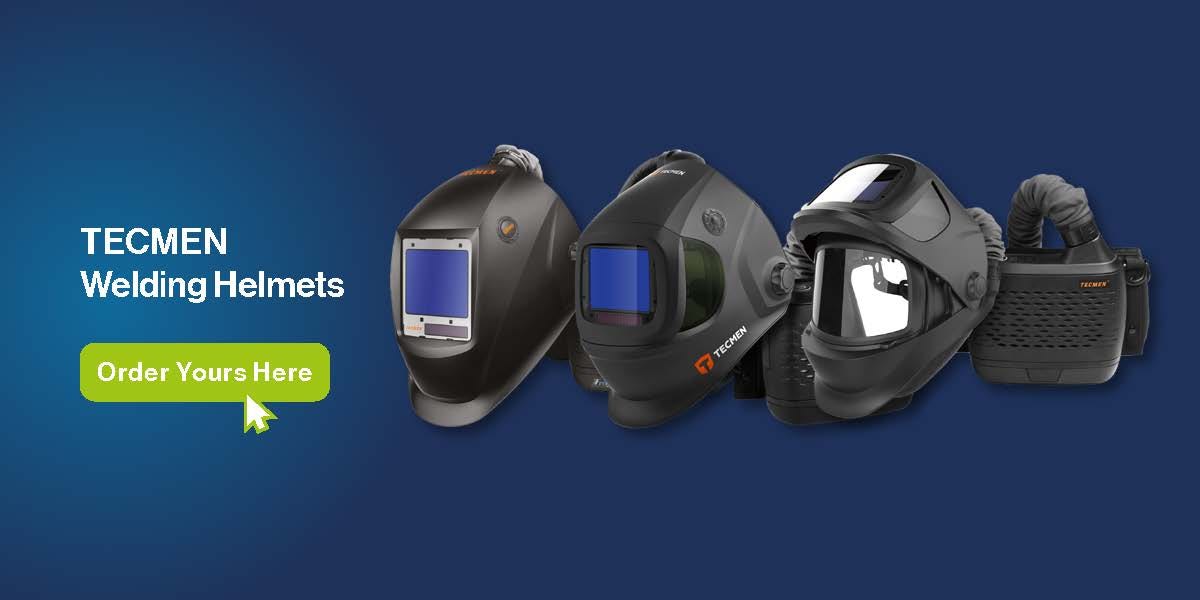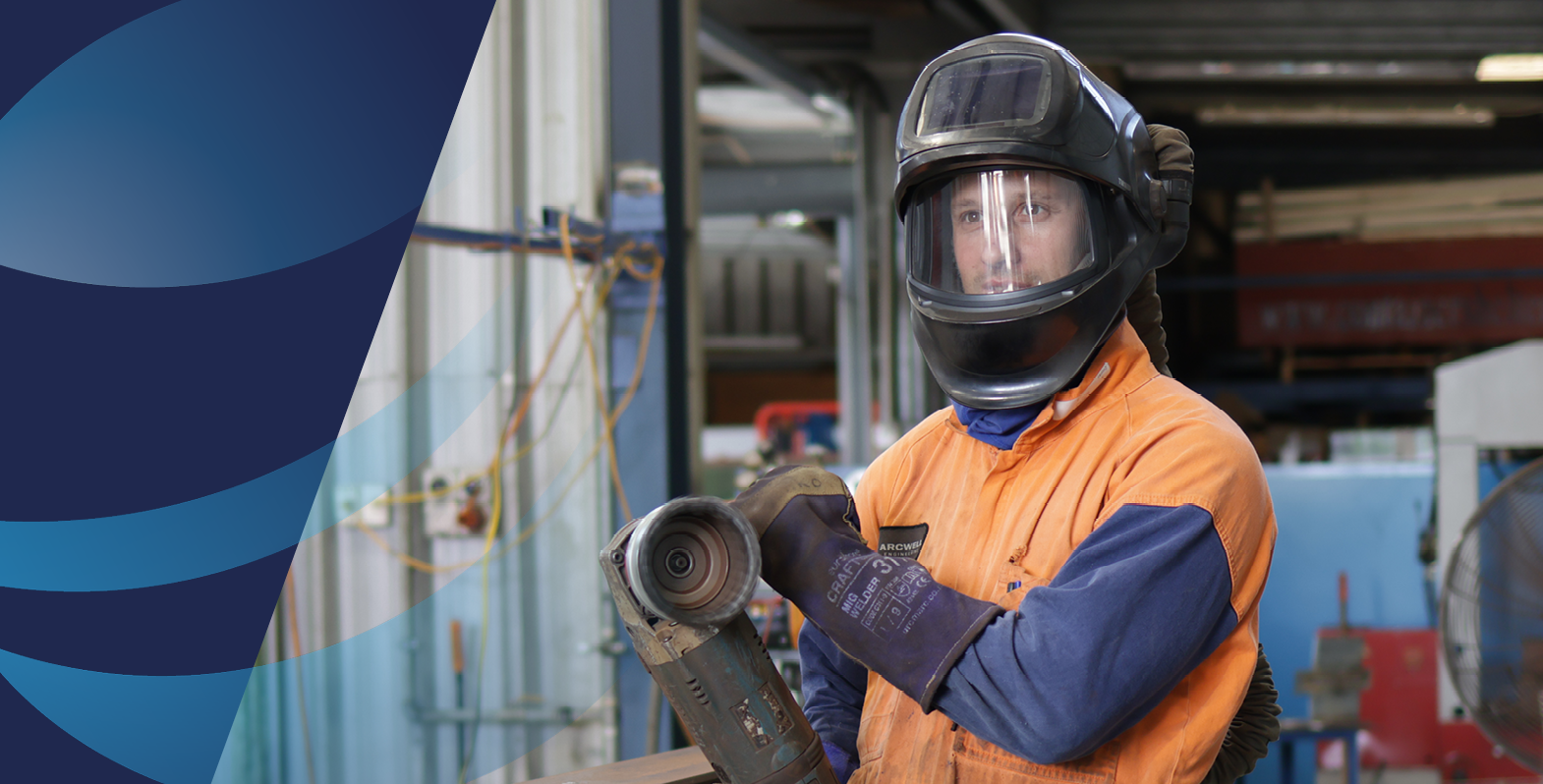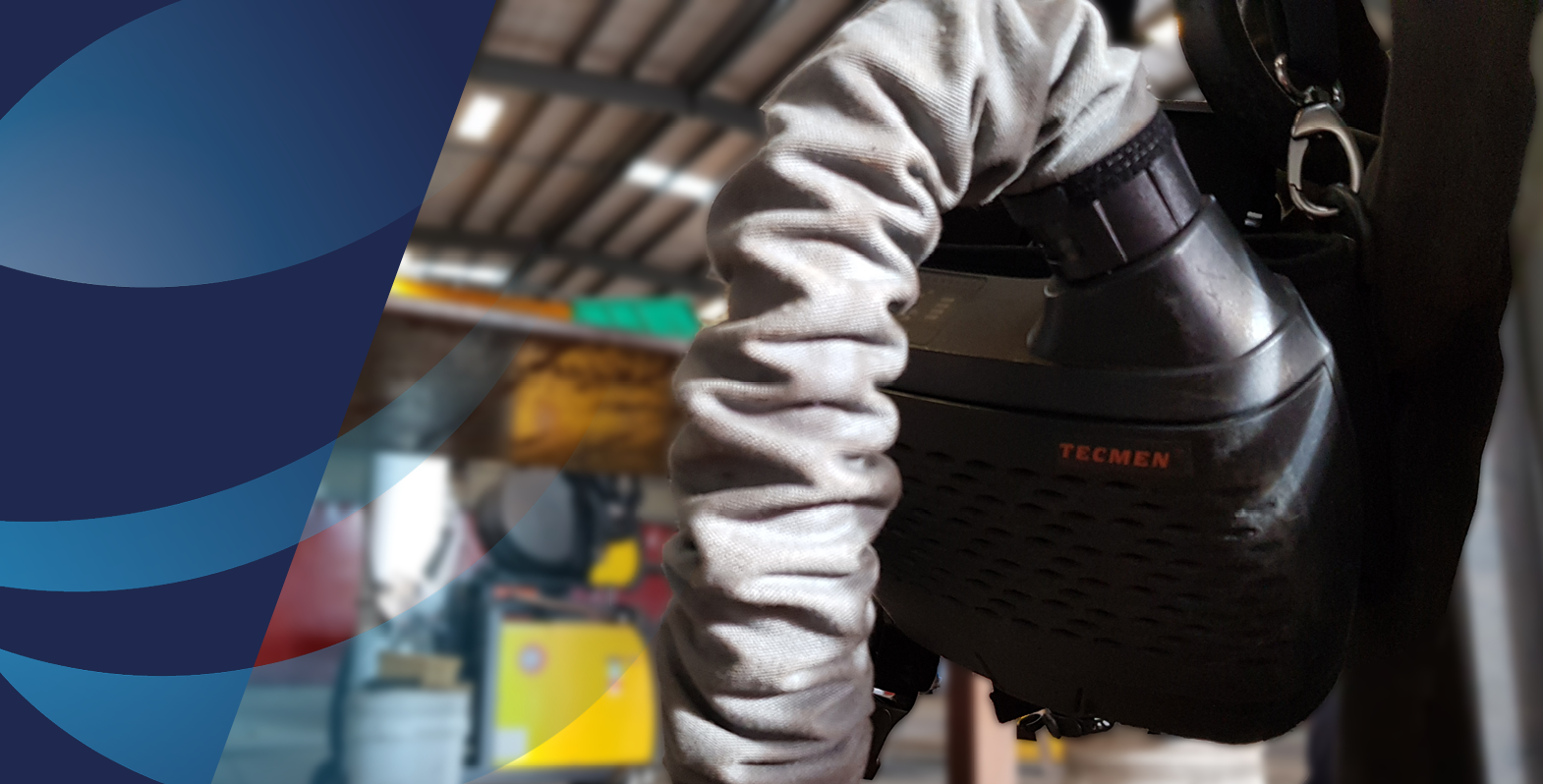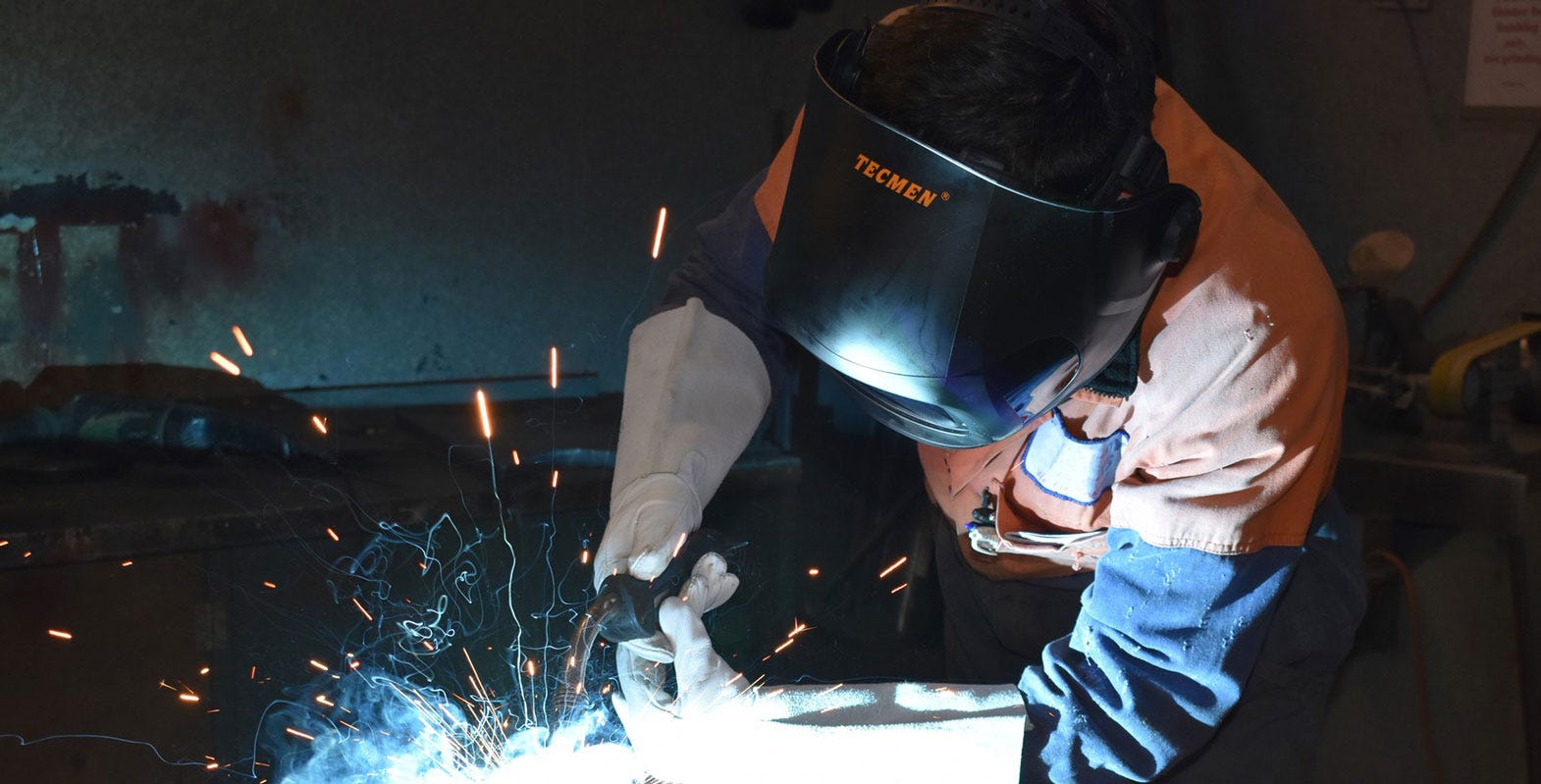Non-Powered vs Powered Air Welding Helmets: Which One Is Right for You?
When it comes to welding safety, the stakes are high. Did you know the wrong helmet choice could leave you exposed to toxic welding fumes or struggling to meet New Zealand safety standards? Let’s make sure you’re protected.
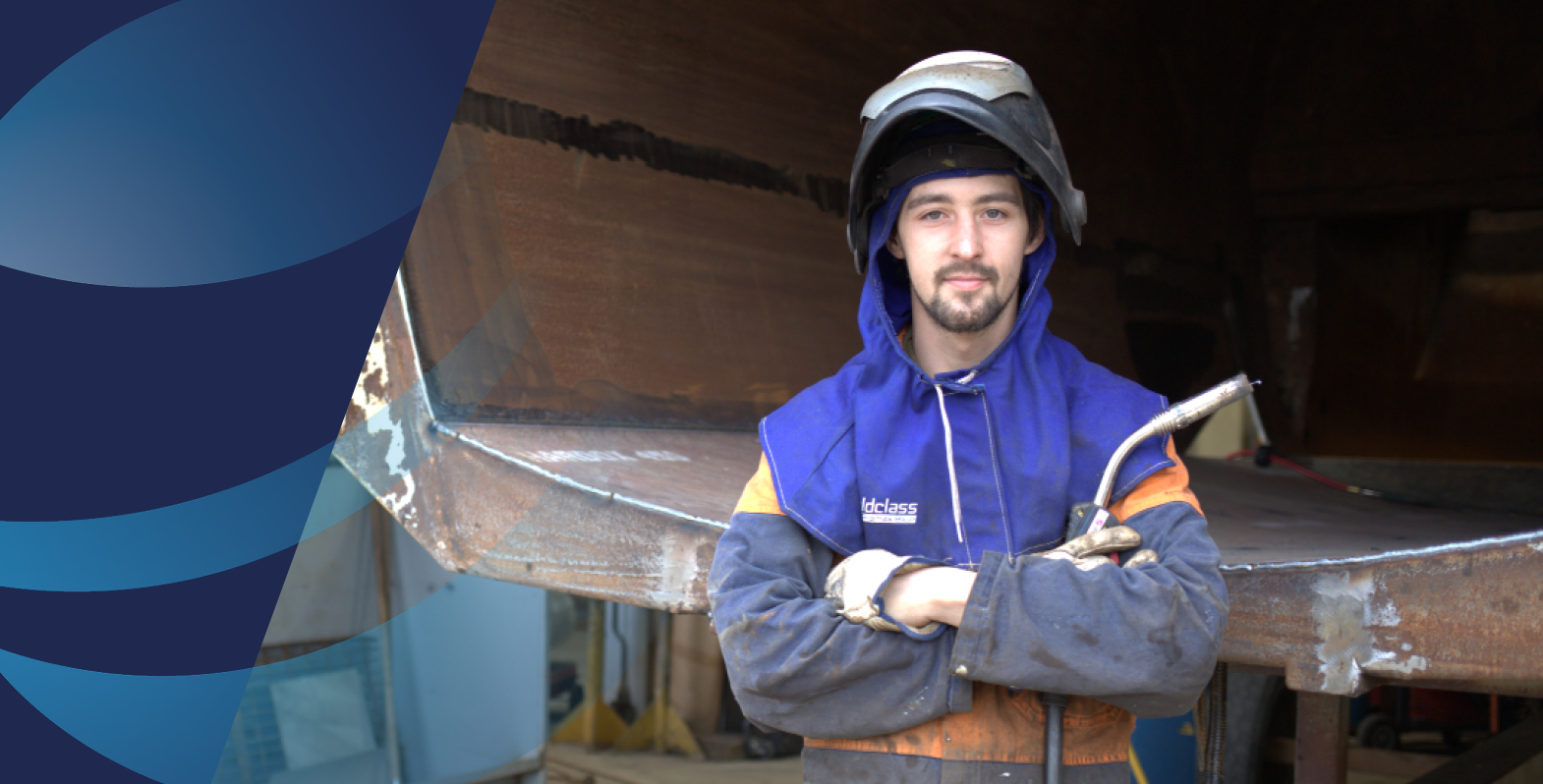

So, what’s the solution? The decision between non-powered helmets and powered air-purifying respirators (PAPRs) comes down to balancing safety, comfort, and compliance. Let’s take a closer look at both options.
Non-powered and powered air welding helmets (PAPR).
Non-powered helmets are simple, lightweight, and affordable. They offer excellent head and eye protection but lack built-in fume filtration. This means you’ll need to pair them with a half-face respirator and P3 filters to safeguard against hazardous welding fumes.
Powered air helmets, on the other hand, come with built-in filtration systems that provide clean, cool air and superior fume protection. They are ideal for long welding sessions but come with additional equipment, which could make them feel slightly bulkier to carry.




Pros and Cons of Non-powered and Powered Air Welding Helmets
|
Non-powered |
Powered |
|
Pros |
Pros |
|
Reliable for basic tasks: Non-powered helmets offer head and eye protection for low-risk jobs where there is good ventilation. |
Built-in filtration: P3 filters (99.997% efficiency) ensure effective protection against harmful fumes. |
|
Affordable: A budget-friendly option for light or occasional jobs. |
Cool air flow: Provides consistent comfort and reduces fatigue during long shifts. |
|
Durable: Built to withstand daily wear and tear, non-powered helmets require minimal upkeep and offer consistent performance for routine welding tasks. |
Integrated protection: Combines head, eye, and respiratory safety in one unit. |
|
Cons |
Cons |
|
No fume protection: Requires a half-face respirator, increasing setup time and complexity. |
Heavier design: Feels bulkier to wear due to filtration units and battery packs. |
|
Increased heat levels: Wearing additional respiratory gear can increase heat and discomfort. |
Higher cost: Reflects the advanced technology and enhanced protection provided. |
Your decision boils down to a few key factors:
-
Your Environment: Non-powered helmets work well in well-ventilated areas. However, in high-fume or confined spaces, powered helmets offer the comprehensive protection required to comply with safety standards.
-
Comfort: Non-powered helmets are lighter and suitable for short tasks, but powered helmets reduce fatigue by supplying cool air during long shifts.
-
Budget: While non-powered helmets are more affordable initially, powered helmets provide long-term health benefits and eliminate the need for additional respiratory equipment.
-
Ease of Use: Non-powered helmets are simple to set up, but powered helmets consolidate protection into one unit, reducing complexity in high-risk environments.


Summary:
-
Non-Powered Helmets: Best for light jobs, tight budgets, and well-ventilated spaces. Must be paired with a half-face respirator for full compliance.
-
Powered Air Helmets: Ideal for extended shifts, high-fume environments, and situations requiring advanced fume protection. Combines all-in-one protection with added comfort.
Your welding helmet isn’t just another tool—it’s a critical shield against hazards like welding fumes and sparks. Choosing the right option can mean the difference between a productive, safe day on the job and long-term health risks. Safer workers are more efficient, making this decision a win for everyone.
Explore our range of Tecmen welding helmets to find the perfect fit for your needs. From lightweight non-powered options to advanced powered air respirator helmets, we have the solution to keep you safe and comfortable. Prioritise your health—your safety starts here!
 Need assistance?
Need assistance?
